Description
Minagar of love is a thematic commentary on the spiritual Masnavi by Maulana Jalaluddin Mohammad Balkhi, compiled by Karim Zamani, a prominent Iranian scholar.
“Karim Zamani” in “Minagar of love” has tried to extract the interpretation of the spiritual Masnavi from it, because in the collection of Masnavi material together, there is a general clarity.
We see this only because the speed of transferring the contents of “Rumi” and the force of his innovation and initiative in this direction, has caused Masnavi, like other works of that period, not to be arranged in the usual way, chapter by chapter and chapter by chapter. In each part of the spiritual Masnavi, word for word emerges and the points are revealed one after another.
This rapid transition of “Rumi” from one story to another and from allegory to allegory, has caused his audience to encounter a multitude of colorful points and mystical, moral and social phrases in each section. It is often seen throughout Masnavi that “Rumi” has not yet finished the main story, another story begins in its heart and this sequence in the story and the narration of countless points, continues until “Rumi” speaks. And then return to his original speech.
This layering of Masnavi content has made it difficult to understand; Therefore, the book “Minagar Eshgh” can be considered as a preliminary exercise in understanding the spiritual Masnavi, which presents hundreds of fundamental issues raised in this work, from anthropology, love, heaven and aesthetics to algebra and free will. , Iblis, revelation and ontology, interprets the view of “Maulana Jalaluddin Mohammad Balkhi” on these issues.

The spiritual Masnavi is not codified and arranged in the usual way with chapters and chapters, but is written on the basis of conciseness and detail. This means that Rumi, due to the speed of transmission and the power of initiative, splits from word to word and comes from point to point, and goes from story to story and from allegory to allegory.
Then, from each part of the story, he makes bold points according to the talent of the audience and makes moral, mystical, social and psychological escapes. While making his points, he may have told the story in the heart of the story, while he has not yet finished the main story, and this sequence of anecdotes is accompanied by countless points until he returns to the main story.
These successive jumps and transitions and the layering of Masnavi subjects are one of the reasons for the difficulty of understanding Masnavi, while in Masnavi, full clarity has been used and nothing has been expressed in the manner of vague and complex professional sellers. Thus, in order to understand Rumi’s thoughts, there is no choice but to refer the brief material to the detailed material and vice versa, and to seek the interpretation of the Masnavi from the Masnavi itself.
According to Karim Zamani; Rumi in Shams’s lyric poems is in a state of intoxication and drunkenness and his lyric poems are the manifestation of dancing and revolving around the beloved.
“Karim Zamani”, the comprehensive commentator of the spiritual Masnavi, spoke in a private group about Ghazaliyat Shams. He quoted the government of Shah Samarkandi as saying: Rumi composed the lyric poems of Shams while he was riding on two pillars. In fact, Rumi’s lyric poems are the symbol of dancing and circling around the beloved.
And he reminded: If it were not for Rumi’s lyric poems, mystical literature and mystical lyric poems would never have reached this level of perfection. Entering the great ocean of Rumi’s lyric poems is not an easy task and it is much more difficult to get out of it, and I have entered this rough ocean for many years with a broken boat, to see what sights and attractions this wavy ocean has.
Referring to the fact that texts are either open or closed, he said: “A closed text is a text that is not deep in meaning; But they are noteworthy in terms of words and language, and from these texts we can mention the “elemental” or “Farrokhi” divan. But open texts are many possible texts that can be studied and entered into these texts with different approaches, and as long as human beings are alive, they can have different interpretations of this text. And it is impossible to get out of it.
According to the commentator of Masnavi Manavi, although many manuscripts have been discovered so far that have not yet been cataloged, but so far no manuscript has been discovered on the interpretation of Rumi’s lyric poems, and it seems that no description of Shams lyric poems has been written yet. .
Karim Zamani, referring to the hearing of the lovers, said: The circle of the mystic lovers is reviving and Rumi has composed the lyric poems in such a state. I believe that Rumi started composing lyric poems before the beginning of Masnavi and during the time he was composing Masnavi he either left composing lyric poems and after completing Masnavi he was composing lyric poems until his death. Many consider “Ghazal Ro Sarbaneh to Balin” to be Rumi’s last sonnet, and some also doubt that this sonnet belongs to Rumi; Because this sonnet is not available in the version that is on Sarbalin in Konya.
He misread the statement that Rumi became a poet after seeing Shams, and said: “The meeting between Rumi and Shams takes place at the age of 40 and Rumi has mastered poetry before this date, but he has never expressed grace.” In fact, he met before Shams; He was a rhyming poet and this incident freed him from these shackles and made him mad. If we look at Rumi’s sonnets, we find that he composed most of these sonnets in a state of mania. Perhaps only four percent of the lyric poems were composed in the style of earlier poets.
Karim Zamani, stating that Rumi did not write in the style of Shams in the style of his contemporaries and broke the foundation in his lyric, said: Mystical lyric is usually five to 14 verses; It does not have a lyric custom. Also, the first feature of Rumi’s sonnet is the unity of subject and theme. In Rumi’s sonnet, every verse that is composed and added to the sonnet seems to add another leaf to the subject of the sonnet. According to the scholars, Rumi’s lyric becomes more and more flourishing as it reaches its final verses.
He added: Whenever Rumi wants to criticize arrogance in lyric poems, he uses humorous criticism. He also uses verses in his sonnets that other poets have not dared to use in their poetry before. One of the habits that Rumi breaks in lyric poetry; Bringing a story is in the heart of the sonnet and by telling the story, it deals with the deepest mystical issues.
Zamani continued by referring to the use of the word wine and its requirements in Persian poetry: Unlike other poets when they talk about wine in their poetry; The mind is directed to what they mean by wine; The wine is Anwari, but when Rumi speaks of wine in his poem, the mind never goes to the grape wine, and he always uses wine in a symmetrical way in his poem.
Karim Zamani was born in Tehran on May 10, 1961. From elementary school, he showed great interest in extracurricular studies in addition to his usual education; He held weekly meetings for his peers and summarized his studies for them. He also learned Arabic well and this language made him more familiar with mystical and literary texts.
From the middle of high school, he taught in primary school. After graduating from high school, he entered the Faculty of Literature of the University of Tehran and completed a bachelor’s degree in Arabic literature.
Effects
He then dropped out of university and devoted himself to research, translating about 10 books from Arabic into Persian on historical and religious subjects, which were published; Some of them are:
Akhbar al-Zaman in general history, along with the prophets in the Qur’an, the uprising of the Zangians and the interpretation of Surah Hamad from the famous interpretation of Al-Manar.
From the age of 27, he focused mainly on mystical texts, especially Rumi’s Masnavi, and began his theology with mystics. During twenty years of study and research, he wrote a seven-volume book with a comprehensive description of the spiritual Masnavi, followed by a book. Minagar wrote love in a thematic description of the spiritual Masnavi. He then wrote a book called Berleb Darya Masnavi, in which he summarized all the verses of Masnavi, which express the meaning of Rumi in allegories and verses of Masnavi.
Works of Masnavi Pajooh Karim Zamani
نی نامه; Information newspaper publications
– Comprehensive description of Masnavi Manavi 7 volumes, Information newspaper publications
– Minagar of love; Thematic description of the spiritual Masnavi of Ney Publishing
– On the lips of the spiritual Masnavi 2 volumes; Drop Publishing
– The full text of the spiritual Masnavi with the expression of the intentions of the verses; Namesh Publishing
1- Introducing the book on YouTube
2- Introducing the book in Aparat

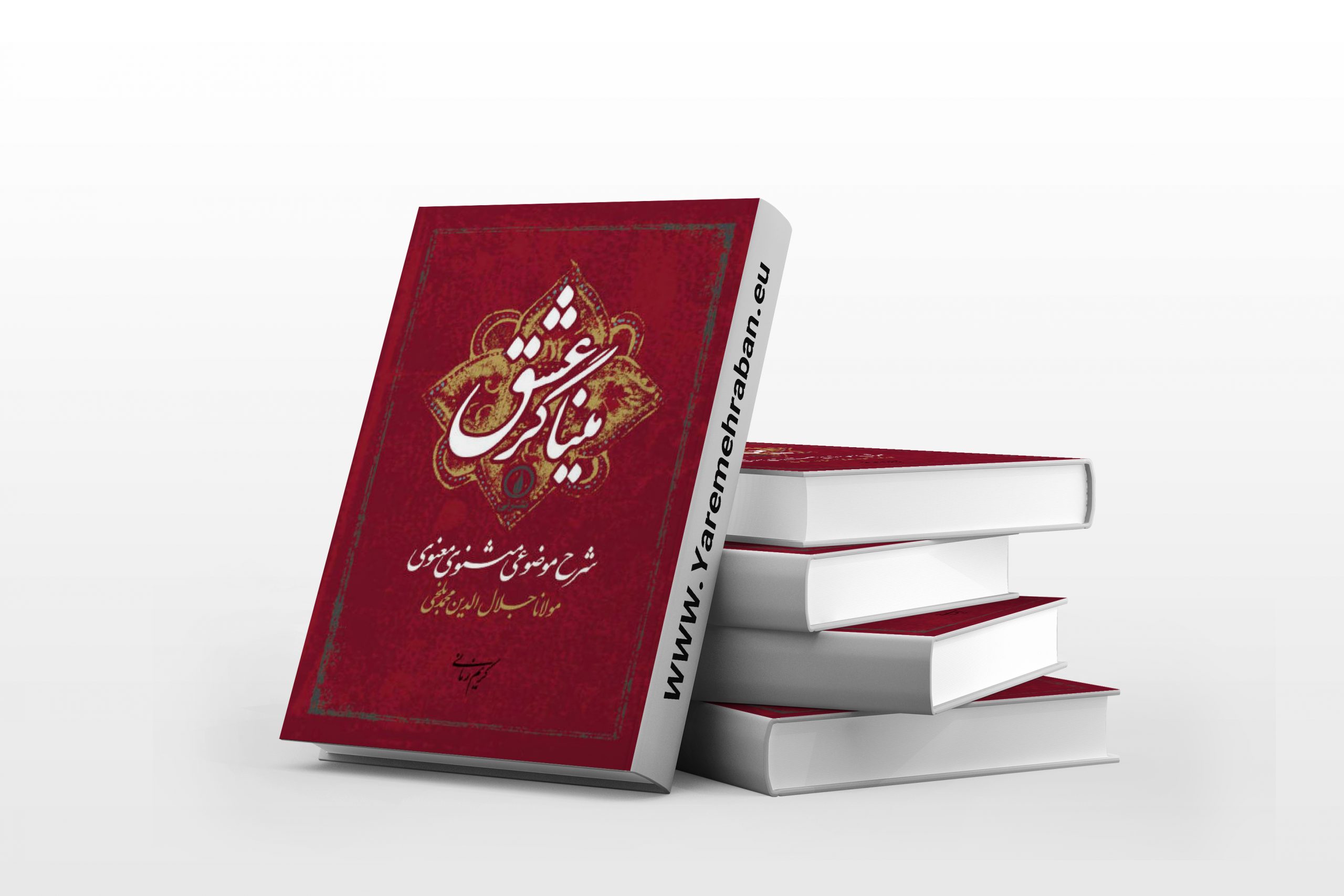
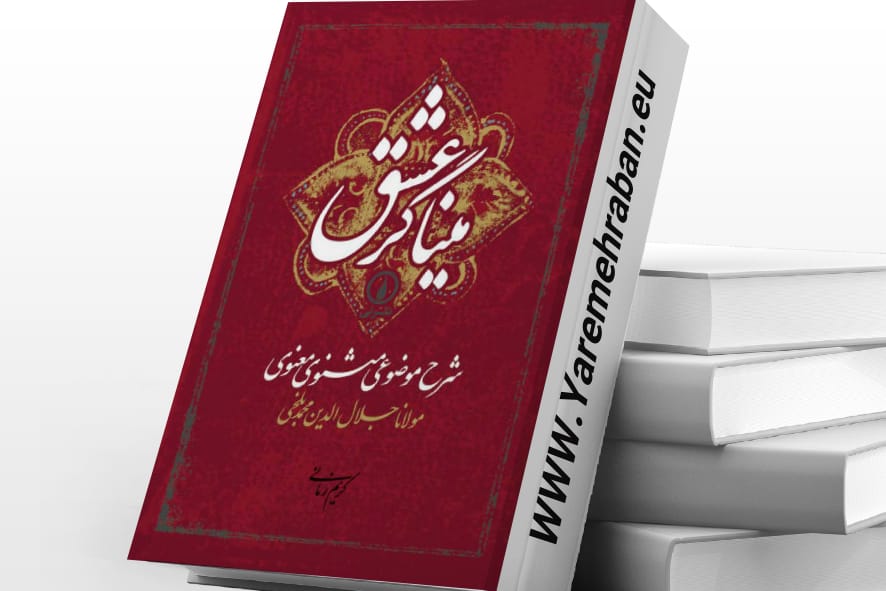
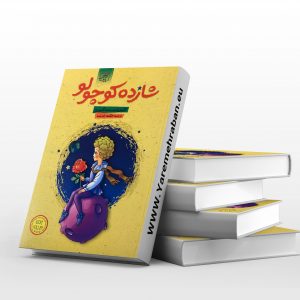




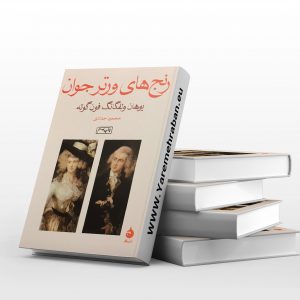



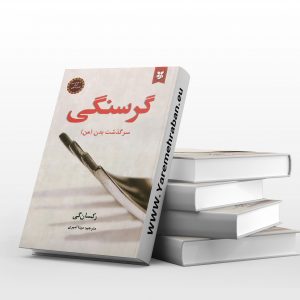

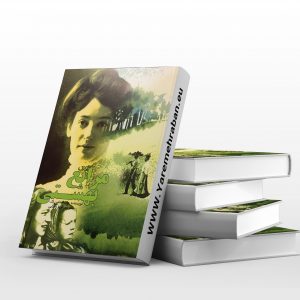
Reviews
There are no reviews yet.